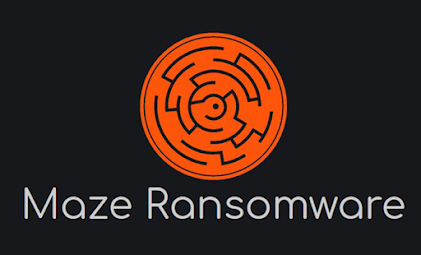A "Maze" as a Ransomware
About
This ransomware was discovered in 2019 and considered to be a variant of ChaCha ransomware. Since then, it is proactively targeting its victims worldwide. Its most high profile ransom case was that of Cognizant, one of the biggest IT services providers in the world. Its attack costed the company $50m and $70m in the immediate aftermath and further more to fully restore the organization's systems.
How does it works?
These hackers also operates a website, where they frequently publish samples of stolen data as a punishment. Their website features an ironic slogan "keeping the world safe" and buttons that allows the sharing of the breached data on social media platforms. Maze website warns its victims that if the ransom is not paid, then they will:
- Release public details of security breaches and inform the media.
- Sell stolen information with commercial value on dark web.
- Inform any relevant stock exchanges about the hack and loss of sensitive information to lower the company's share price.
- Use stolen information to attack clients and partners as well as inform them about the hacking.
Maze also uses the execution techniques previously used by RagnarLocker only.
Shut Down of Maze Ransomware?
Later on, similarities were observed between Maze and two newly emerging strains of ransomware (namely, Egregor and Sekhmet). It strongly indicates that the group was simply planning their next wave of cyber attacks.
How to protect against Maze?
- Implement strong passwords.
- Activate Multi-Factor Authentication (MFA).
- Simple user account permissions.
- Clear unused and outdated user accounts.
- System configurations to strictly follow all security procedures.
- Always have system backup in a remote configuration.
- Have updated cybersecurity solution in place.




Comments
Post a Comment